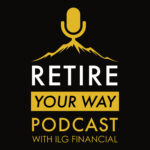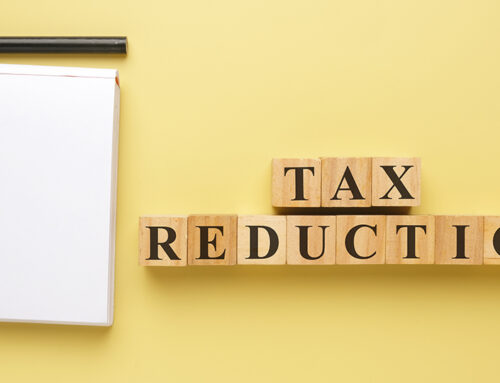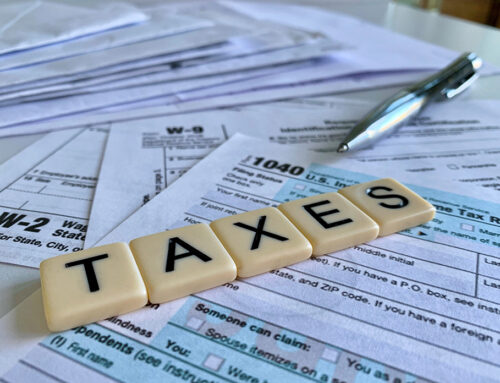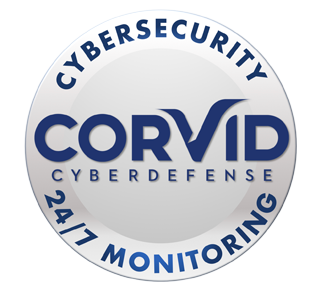 There’s one piece of the retirement puzzle that no one likes: Required Minimum Distributions (RMDs). The withdrawals from tax-deferred plans are taxed as regular income, which means RMDs could push you into a higher tax bracket. And the increase in your adjusted gross income could trigger other unpleasant consequences, such as higher taxes on your Social Security benefits, a surtax on your taxable investments, and a Medicare high-income surcharge.
There’s one piece of the retirement puzzle that no one likes: Required Minimum Distributions (RMDs). The withdrawals from tax-deferred plans are taxed as regular income, which means RMDs could push you into a higher tax bracket. And the increase in your adjusted gross income could trigger other unpleasant consequences, such as higher taxes on your Social Security benefits, a surtax on your taxable investments, and a Medicare high-income surcharge.
Are you managing your withdrawals?
- Once you turn 59½, you can withdraw money from your tax-deferred accounts without paying a 10% early-withdrawal penalty. Over time, these withdrawals will shrink the size of your tax-deferred accounts, resulting in lower RMDs when you reach 70½ and beyond.
- If using IRA withdrawals to pay living expenses lets you postpone claiming Social Security benefits, you could significantly increase your payout amount. For every year past your full retirement age that you delay, your benefit increases by about 8% until age 70.
Have you converted savings to a Roth IRA?
- You can withdraw the contributions to a Roth tax-free, and once you’re 59½ and have owned the Roth for five years, earnings are tax-free.
- Roths aren’t subject to RMDs, so you can withdraw as much or as little as you need after age 70½ without worrying about the tax bill.
- You must pay taxes at your regular income tax rate on any funds you convert, so be careful. A large conversion could push you into a higher tax bracket and trigger the chain reaction of unpleasant consequences.
Is it worth it to change your investment strategy?
- Consider a QLAC. You can use a Qualified Longevity Annuity to reduce your RMDs. You’re allowed to invest up to 25% of your IRA or 401(k) plan (or $125,000, whichever is less) in a QLAC without having to take required minimum distributions on that money when you turn 70½. You’ll still have to pay taxes when you start receiving payments from the annuity, but you can delay payouts until age 85.
- If you can afford smaller gains on your investments, consider using your tax-deferred accounts for bonds. One advantage to this strategy is that bonds and bond funds are taxed at your ordinary-income rate, while stocks and stock funds in a taxable account benefit from the capital-gains rate, which is 15% for most taxpayers. Because RMDs are based on the previous year-end value of your IRA, an IRA that grows more slowly will produce smaller RMDs.
Adapted from Kiplinger1






















 Megan Jones joined the ILG Financial team in 2020 as marketing director. Megan and her husband live in Fredericksburg, VA with their German Short Haired Pointer, Gus. Megan is a graduate of Longwood University and holds a degree in communications. Megan is the oldest of Dave Lopez’s three children and not only enjoys working alongside her father, but also with her cousin, Chase, who joined the ILG Financial team in 2020 as an advisor. Megan is also a fully licensed Life, Health, and Annuity agent. When not at work, Megan enjoys sitting on the back porch with family and friends enjoying food and music.
Megan Jones joined the ILG Financial team in 2020 as marketing director. Megan and her husband live in Fredericksburg, VA with their German Short Haired Pointer, Gus. Megan is a graduate of Longwood University and holds a degree in communications. Megan is the oldest of Dave Lopez’s three children and not only enjoys working alongside her father, but also with her cousin, Chase, who joined the ILG Financial team in 2020 as an advisor. Megan is also a fully licensed Life, Health, and Annuity agent. When not at work, Megan enjoys sitting on the back porch with family and friends enjoying food and music. Chase Lopez joined the ILG Financial team in 2020 as an advisor. Chase is a 2016 James Madison University graduate with a degree in management. Chase has been trained under the tutelage of Dave Lopez, who is not only the founder and managing member of ILG Financial, but also is Chase’s uncle and godfather. He also enjoys working alongside his cousin, Megan, who is Dave’s daughter.
Chase Lopez joined the ILG Financial team in 2020 as an advisor. Chase is a 2016 James Madison University graduate with a degree in management. Chase has been trained under the tutelage of Dave Lopez, who is not only the founder and managing member of ILG Financial, but also is Chase’s uncle and godfather. He also enjoys working alongside his cousin, Megan, who is Dave’s daughter. Amy Anderson joined the ILG Financial team in 2023 as the client relations coordinator. Her responsibilities include scheduling of appointments, annual check-up notifications, and annuity and required minimum distribution assistance. She is a graduate of Harding University with a degree in Computer Information Systems. Amy and her husband have two children and she enjoys reading, crocheting, music and spending time with her family.
Amy Anderson joined the ILG Financial team in 2023 as the client relations coordinator. Her responsibilities include scheduling of appointments, annual check-up notifications, and annuity and required minimum distribution assistance. She is a graduate of Harding University with a degree in Computer Information Systems. Amy and her husband have two children and she enjoys reading, crocheting, music and spending time with her family. Jessica Carson joined the ILG Financial team in 2018 as an agent. Jessica and her husband have four children, two dogs, 3 barn cats, 5 chickens, and three parakeets. She indeed loves her children and pets! When not at work, Jessica enjoys playing the piano and cello as well as traveling and spending time outside with her family, hiking, fishing, and boating.
Jessica Carson joined the ILG Financial team in 2018 as an agent. Jessica and her husband have four children, two dogs, 3 barn cats, 5 chickens, and three parakeets. She indeed loves her children and pets! When not at work, Jessica enjoys playing the piano and cello as well as traveling and spending time outside with her family, hiking, fishing, and boating. Terri Center joined the ILG Financial team in 2019 as client services manager. She handles client records, application processing, and gathering information to provide a professional and friendly experience with all of our clients. Terri is a graduate of Oakland University. She is married and has two children. She enjoys hiking, family time, and puzzle challenging video games. She also likes to share her creativity in her canvas paintings and sewing projects.
Terri Center joined the ILG Financial team in 2019 as client services manager. She handles client records, application processing, and gathering information to provide a professional and friendly experience with all of our clients. Terri is a graduate of Oakland University. She is married and has two children. She enjoys hiking, family time, and puzzle challenging video games. She also likes to share her creativity in her canvas paintings and sewing projects.